The best iPad stylus for drawing and note-taking
Find the best iPad stylus for digital illustration, graphic design, and note-taking on an Apple tablet.
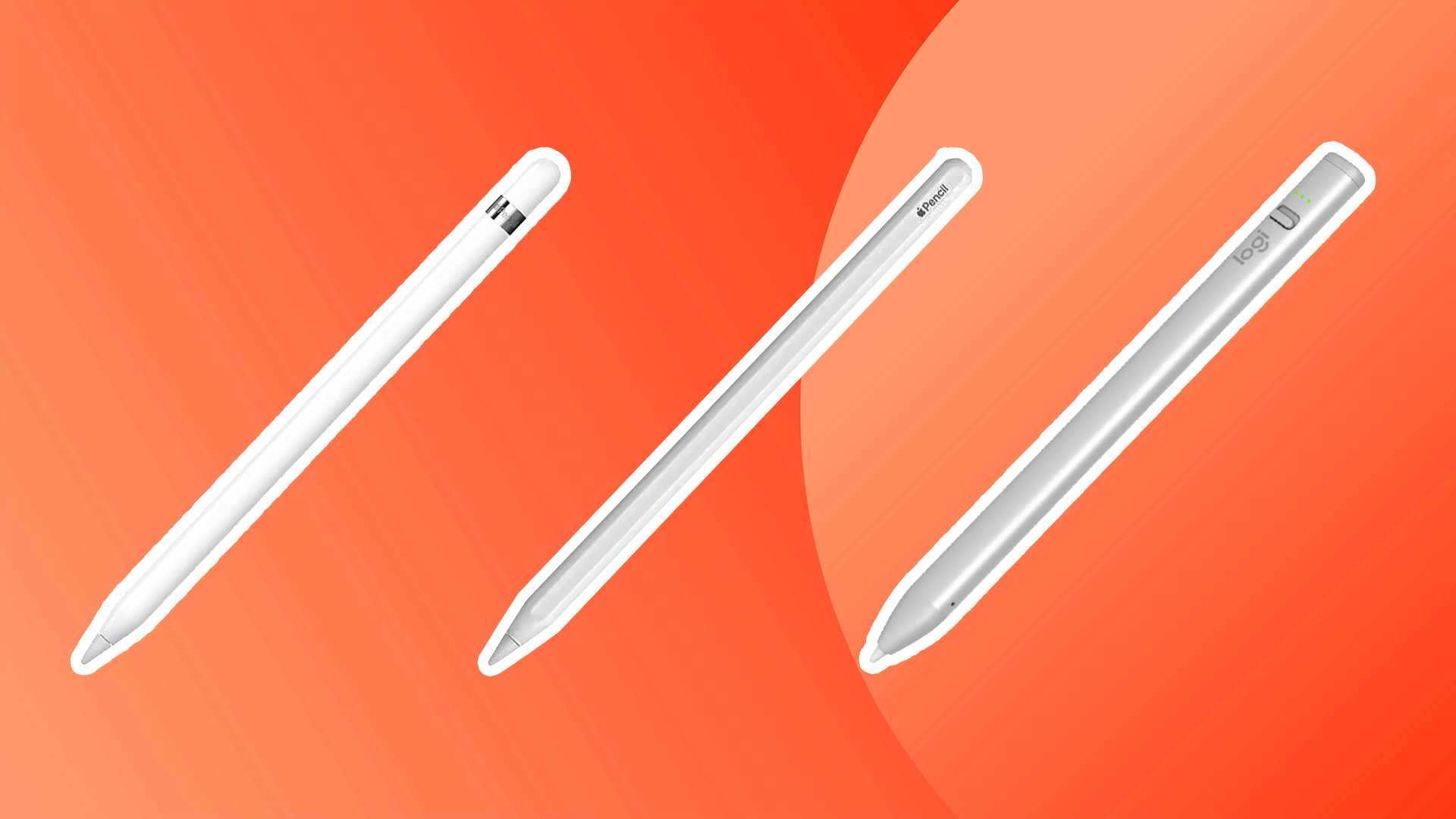
The best iPad styluses are excellent tools for digital artists, and for anyone who wants to take notes on their iPad, or even just navigate the device without getting messy fingerprints on it. We've tested and reviewed a wide range of options, from Apple's own official iPad styluses to Apple Pencil alternatives from other brands, including budget iPad styluses – and there are some great designs to choose from.
For drawing, you'll need precision. Features like palm rejection, pressure sensitivity, and a fast response time help with this. We found the Apple Pencil 2 to be the best option for most iPad users (depending on which iPad you have – see the FAQs section at the bottom for more on this).
If you want an official Apple Pencil, there are now more options to choose from than ever. A budget-friendly option like the USB-C Apple Pencil will do the job just fine for taking notes, but if you're a digital artist with a next-gen iPad then don't settle for less than the Apple Pencil Pro stylus. If you haven't yet chosen your tablet, take a look at which iPad is best for drawing, as well as the best iPad alternatives if you're not set on owning an Apple tablet for drawing or note-taking. And if you've got a Pencil and need connect it, see our how to connect a stylus and an iPad guide.
The best iPad stylus available now
Why you can trust Creative Bloq
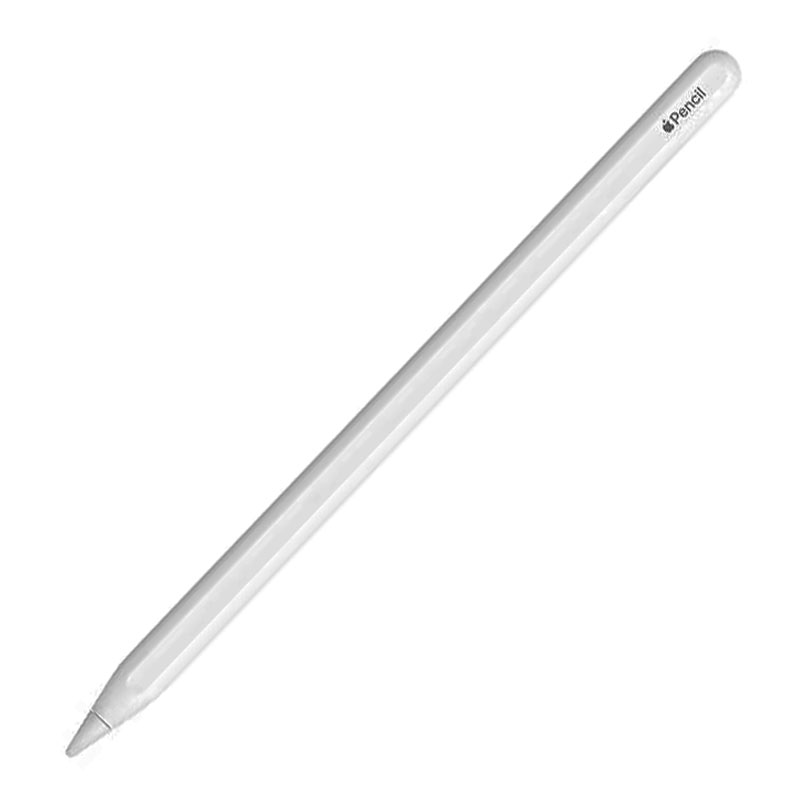
+ Ergonomic design
+ Best drawing experience
- Doesn't work with all iPads
The second-gen Apple Pencil is the best option for most iPad users and has a comfortable and balanced feel to it. The rapid response time and pressure sensitivity offer a smooth drawing and notetaking experience, while the flat-edge design prevents rolling. It has wireless charging and gesture controls too. For all the details, see our Apple Pencil 2 review.
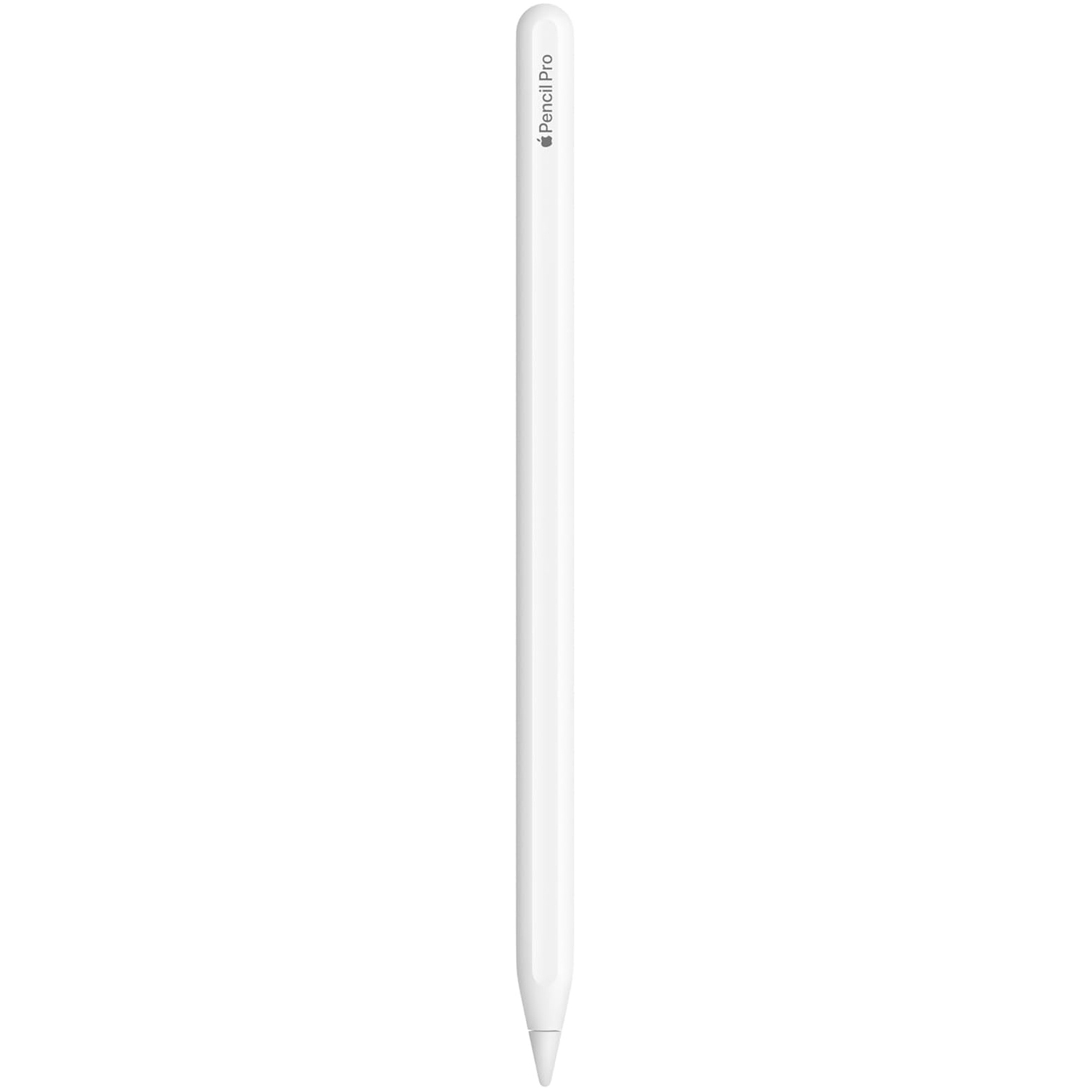
+ Full of features
+ New haptic and gyro tech
- Doesn't work with older iPads
The latest and greatest Apple Pencil Pro is the best option for digital artists and creative Pros who own one of the newer iPad Pro (M4) models or an iPad Air (M2). It boasts new Squeeze and Barrel Roll features, is equipped with Apple's Find My tracking should you ever misplace it, and has a hover feature for changing your brush shape freely. For a more in-depth look, visit our Apple Pencil Pro review.
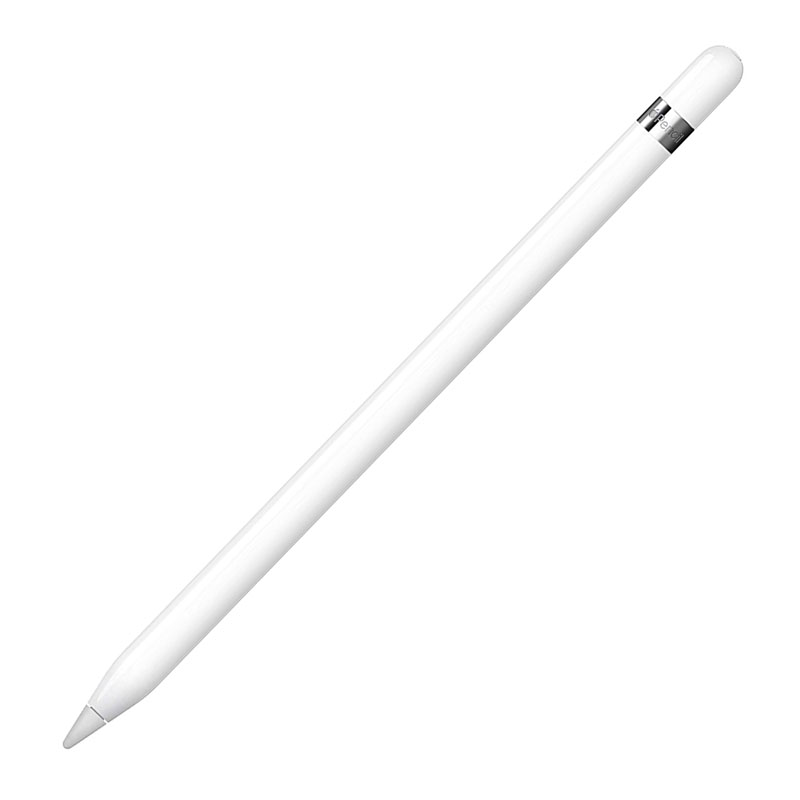
+ Compatible with basic iPad
+ More affordable than the Pencil 2
- Not magnetic
The original Apple Pencil still offers a premium drawing experience with excellent sensitivity and battery life. It charges quickly via a Lightning connector, but not magnetically, and the cap is easy to lose. This is our top choice if you have the standard iPad or an older model that doesn't support Apple Pencil 2. See our full review for more.

+ Very affordable
+ Great for general use
- No pressure sensitivity
The Apple Pencil (USB-C) was introduced as a budget option for those who don't need all the fancy features of the Pro and standard models. We don't recommend this Apple Pencil for artists, given the lack of pressure sensitivity, however for general use and note-taking we found it worked just fine. It's pleasant to hold and attaches magnetically to the top of the iPad. For all the details, see our Apple Pencil USB-C review.

+ Beats Apple on price
+ Palm rejection
- No pressure sensitivity
The Logitech Crayon is an excellent iPad stylus alternative, even earning Apple's official approval. While it lacks pressure sensitivity, we were impressed by its precision, easy connectivity, durable battery and comfortable aluminum build, which is suitable for both kids and adults. For more information, see our full Logitech Crayon review.
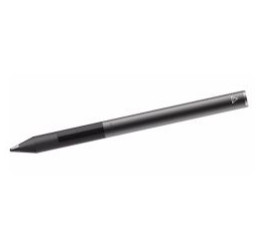
+ Pressure sensitivity
+ App compatibility
- No palm rejection
With pressure sensitivity, this is a standout iPad stylus for drawing. It has Bluetooth connectivity, 2,048 pressure levels, customisable buttons, and it's compatible with creative apps. We were happy with the 15-hour battery life, and the sleek design enhances its premium feel, but the price is almost as much as Apple's offerings.
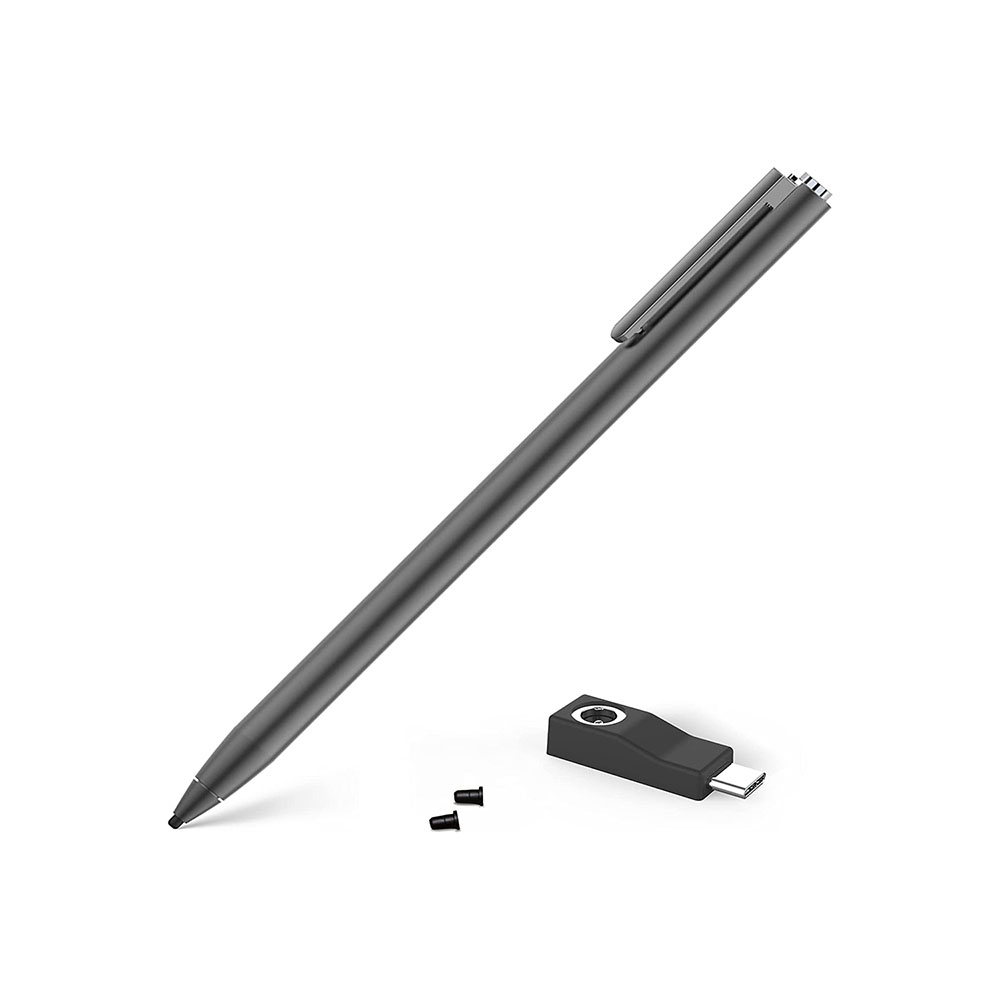
+ Stylish
+ Good battery life
- No pressure sensitivity or Bluetooth
The Adonit Dash 4 offers the versatility of compatibility with most iPads. While it lacks pressure sensitivity, it can toggle palm rejection for drawing or writing. With a sleek aluminum design and a long-lasting battery, it's a great option for casual users. For more details, see our Adonit Dash 4 review.
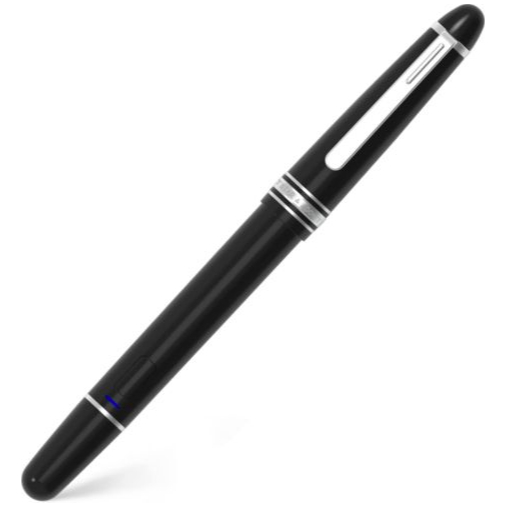
+ High-end design
+ Comfortable feel
- No pressure sensitivity
We love how how this iPad stylus option looks like a traditional fountain pen with its sleek metal body and removable cap to protect the lid. Our tests found it to be a good option for note-taking, as it's comfortable to hold and can be easily clipped onto clothes for storage it. Read our full Adonit Star review for more details.
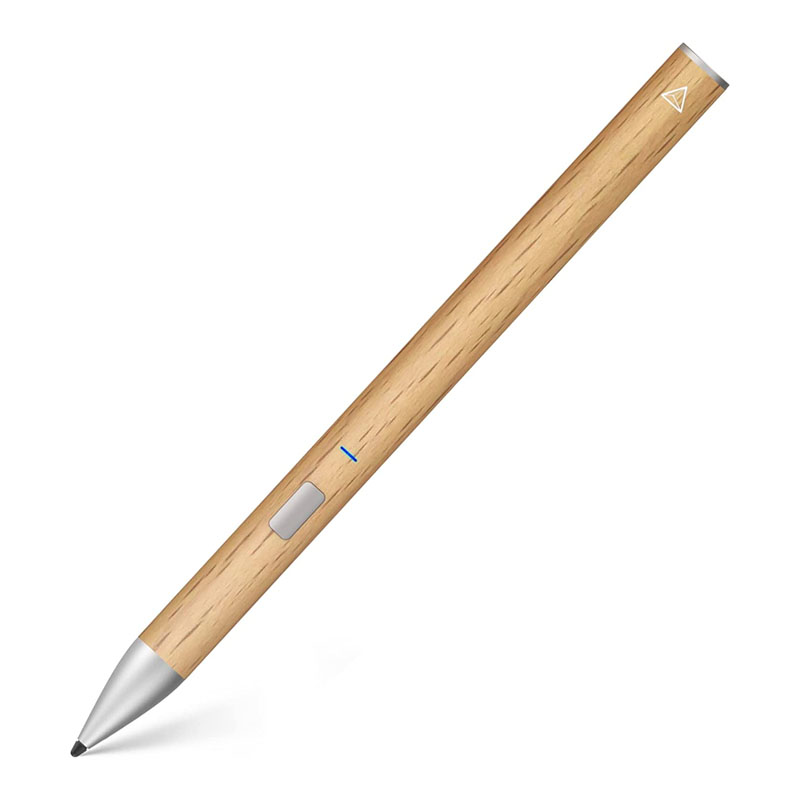
+ Great design and battery life
+ Palm rejection
- No pressure sensitivity
With its beautiful wooden texture and light weight, this is the most pencil-like iPad stylus. With no pressure sensitivity, it's aimed at note-taking rather than drawing, but it does have palm rejection and the price is very reasonable. See our full Adonit Log review for more details.
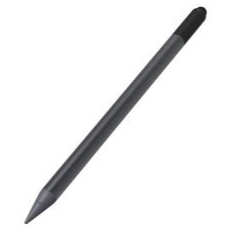
+ Palm rejection
+ Tilt sensitivity
- No pressure sensitivity or wireless charging
The Zagg Pro Stylus is a solid alternative to the Apple Pencil, offering palm rejection and tilt sensitivity. It lacks pressure sensitivity but provides a comfortable experience across most iPad apps. With a hidden USB charging port and magnetic attachment, it's cost-effective and well-designed.
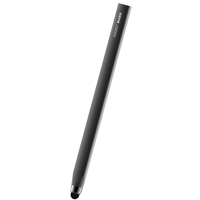
+ Very cheap
+ Comfortable to use
- Basic passive stylus (no connectivity).
Adonit's Mark stylus is an affordable, basic passive stylus that lets you navigate your iPad without using your finger. It offers a comfortable grip, an anti-roll design, and a precise, smudge-free mesh tip for smooth navigation, but it's not a stylus for drawing.
FAQs
Which Apple Pencil works with my iPad?
If you choose an Apple Pencil as the best iPad stylus for you, you'll need to choose the right one for your iPad. The newest is the Apple Pencil Pro, which is only compatible with the iPad Pro 13-inch (M4) as well as the iPad Pro 11-inch (M4), the iPad Air 13-inch (M2) and the iPad Air 11-inch (M2).
The Apple Pencil 2 is compatible with the iPad Air (4th-generation and up), plus all iPad Pro models since 2018, and the most recent iPad mini (6th-gen).
The first-generation Apple Pencil works with the current standard iPads (the 2020 10.2-inch model / 2022 10.9-inch model) plus older iPad Pro, Air and mini models. For more details see our guide to the Apple Pencil vs Apple Pencil 2 where we cover in length the differences between the two models as well as their compatibility. If you're not sure which iPad you have, check our iPad generations list.
How do I choose the best iPad stylus?
The best iPad stylus for you will depends a lot on your needs, but for most people, a comfortable hold is critical. A stylus is no good if using it is less comfortable than simply using your finger on the touchscreen. A good stylus should sit easily in your hand and be comfortable to use for long periods. Of course, you also need a tip that won't scratch your screen, which is the reason why you should avoid super-cheap styluses from dodgy-looking websites.
If you want a stylus simply to navigate on your iPad and maybe take down notes, those two criteria may be enough, and you may even opt for a budget passive stylus with no wireless connectivity. However, if you want to use your iPad stylus to sketch or illustrate, then you'll want to consider paying more for more sophisticated features such as one of the best iPads for Procreate. The terms below are the ones to look out for.
Pressure sensitivity: This is important for drawing and you'll see it mentioned a lot in our guide above. Cheaper styluses have only two states of operation – drawing a line, or not drawing a line. However, premium styluses with pressure sensitivity can detect how hard you're pressing and vary the thickness of the line accordingly. In digital art, this is hugely important.
Different styluses offer different levels of pressure sensitivity (as do different tablets). Styluses with 2,048 distinct levels of pressure sensitivity are fairly common, but some offer as many as 8,192. Apple is notably quiet about how many levels its Pencil can detect, though it's clearly quite a few.
Palm rejection: With palm rejection, you can rest your hand comfortably on the surface of the tablet while you're drawing without it impacting on your work, just as you would a piece of paper. Without it, the tablet may get confused with the multiple input signals. If you're planning to spend long sessions drawing, a stylus with palm rejection will make things much more fluid and comfortable.
Tilt sensitivity: like with pressure sensitivity, tilt sensitivity allows you to fine-tune your drawing. It allows the tablet to detect the angle at which the stylus is being placed against the screen. This allows you to vary line shape and thickness in a very intuitive manner, just as you would with a pen or pencil.
Wireless connectivity: Some of the above features require the stylus to be connected to your tablet, via Bluetooth or other wireless technology. This differentiates them from passive styluses, which have no connection are are work in the same way as using your finger.
Can a stylus damage an iPad?
A stylus that has been certified or designed specifically for an iPad, like the Apple Pencil or a third-party option like a Zagg Pro Stylus, will be made with a soft tip and therefore will be unlikely to run any risk of damaging an iPad. The only real danger will be if you use a stylus that isn't intended for an iPad, and hasn't been optimised specifically for an iPad screen. It may damage the iPad screen, and also probably won't work all that well. So stick with an iPad-specific stylus and you shouldn't run into any problems.
Can I use any stylus on an iPad?
In theory, yes. Passive styluses that don't have wireless connection can be used with any tablet because they work in a similar way to using your finger, simply by applying pressure to the screen. That said, we recommend only buying from a reputable brand to avoid damaging your tablet's display (see the question above).
However, if you want to take advantage of more sophisticated features, you'll want an iPad stylus that connects to your tablet in order to provide it with more input. There are hundreds of such styluses advertised as iPad-compatible, but they provide different features and experiences. We recommend the Apple Pencil since it's one of the few choices that provide full pressure sensitivity, tilt recognition and palm rejection support for a better drawing experience.
How we tested the best iPad styluses
Our testing of the best iPad styluses for this guide involved a thorough evaluation of key performance metrics and user experience factors. We assessed each stylus's pressure sensitivity and accuracy by using them for drawing and writing. During these tasks, we pay close attention to how well the stylus captures subtle variations in pressure, ensuring a realistic and responsive experience. We also assess the comfort of holding the stylus over extended periods and battery life under various usage scenarios.
Daily design news, reviews, how-tos and more, as picked by the editors.

Beren cut his teeth as Staff Writer on the digital art magazine ImagineFX 13 years ago, and has since worked on and edited several creative titles. As Ecom Editor on Creative Bloq, when he's not reviewing the latest audiophile headphones or evaluating the best designed ergonomic office chairs, he’s testing laptops, TVs and monitors, all so he can find the best deals on the best tech for Creative Bloq’s creative professional audience.
- Josephine WatsonManaging Editor for Lifestyle
